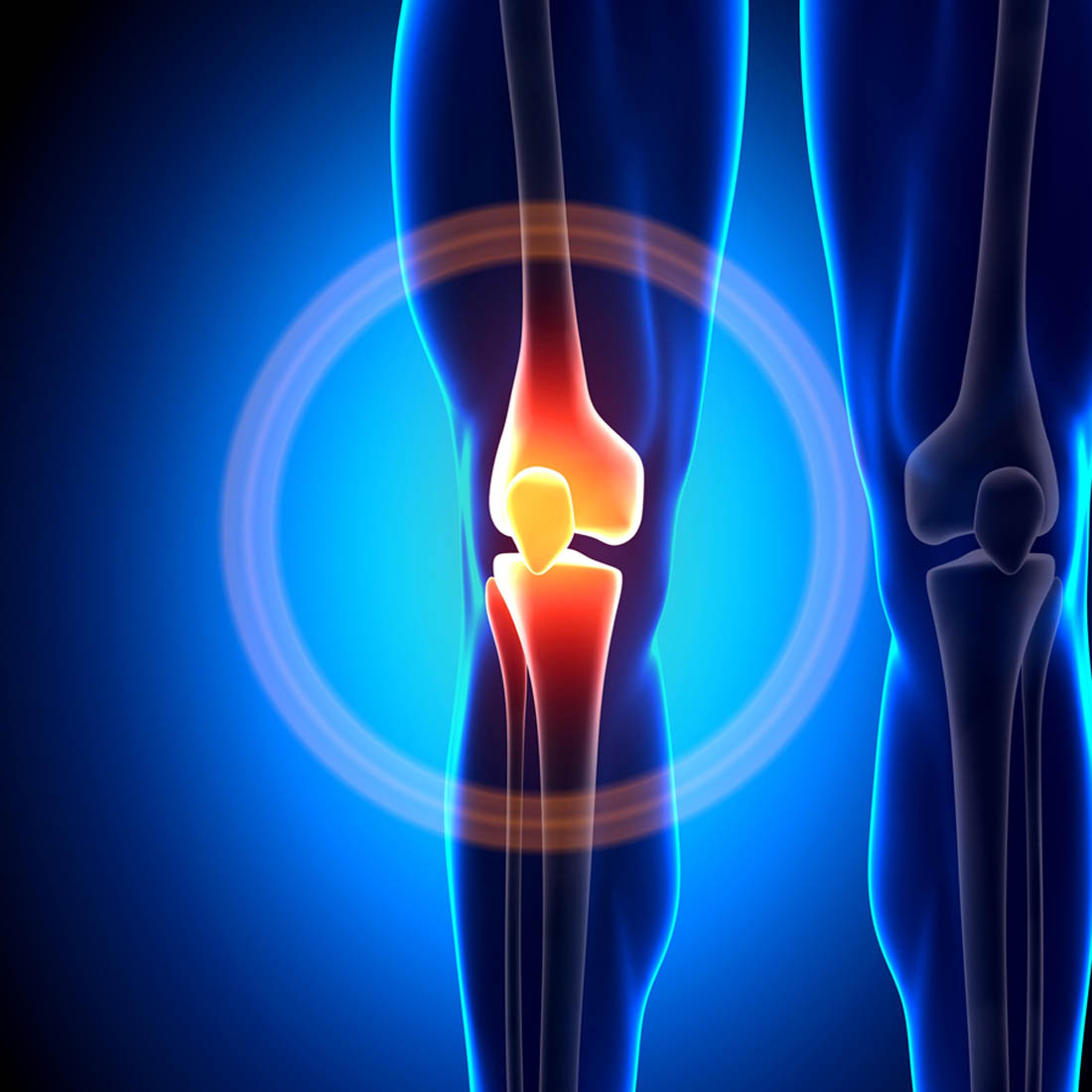Now Offering Florida OrthoCare Telemedicine Virtual Visits

Meniscal tears affect the knee and may involve torn cartilage. These are also called meniscus tears. The most common sign there could be a meniscal tear may be from pain in the region. A meniscal tear is one of the more common types of injuries of the knee, but most commonly affects people who play team sports or participate in gymnastics.
Meniscal tears may also affect people who have laborious jobs that may involve plenty of squatting, such as plumbers or tradesmen. While certain jobs and sporting activities can result in these types of injuries, it’s also common for people of any age to tear a meniscus.
If someone is complaining about having torn cartilage in their knee, chances are that they have what is called a meniscal tear.
This type of injury is commonly caused by a person who has a bent knee with their foot on the ground, then they try to turn or twist too quickly.
The meniscus is located within your knee and is a piece of cartilage. This cartilage has a natural rubbery consistency. It has a C-shape and cushions and protects your knees. Its purpose is to be a shock absorber and help to stabilize the knee joint.
The meniscus is located in both of your knees. Each of your knees has a pair of meniscus. One is located on the inner or medial part of the knee, while the second one is located on the outer or lateral part of the knee.
Common symptoms of meniscal tears include an intense or sharp pain in the knee, or a popping or tearing sound at the point of injury. Almost immediately after the injury it can be difficult walking. There will be pain felt upon pressure, or an unusual tight feeling. The patient may not be able to straighten or bend the knee, or they may feel extreme pain when doing so. Usually around 24 hours after the injury has been experienced there will be swelling on the surface of the knee.
Meniscal tears may require a visit to a physical therapist in order to help you manage your injury. Sometimes surgery may be recommended. Your physical therapist will help you to prepare for the procedure in advance. Post-surgical activities will involve resting and recovering your strength. Exercises and physical therapy will be required to help restore full movement to the knee.
Managing Stress Fractures and Growth Plate Injuries in Adolescents:
Adolescents participating in physical activities are susceptible to stress fractures and growth plate injuries due to the combined effects of growth spurts and repetitive strain. These injuries necessitate meticulous attention and management, particularly in teenagers who are still undergoing physical development.
Modern Advances Offer More Effective Spinal Fracture Treatment Options
Cutting Edge Spinal Fracture Treatment Options Only a few decades ago a spinal fracture could seriously affect your future. Often a …
Continue reading “Modern Advances Offer More Effective Spinal Fracture Treatment Options”
Proper Care After Rolling Your Ankle: A Comprehensive Guide
Ankle Recovery Following a Roll: A Comprehensive Manual Rolling your ankle, also known as an ankle sprain, is a common injury that …
Continue reading “Proper Care After Rolling Your Ankle: A Comprehensive Guide”
Copyright ® 2024 www.florthocare.com. Designed by Accountable Web Designs. Privacy Policy | Terms and Conditions | Sitemap